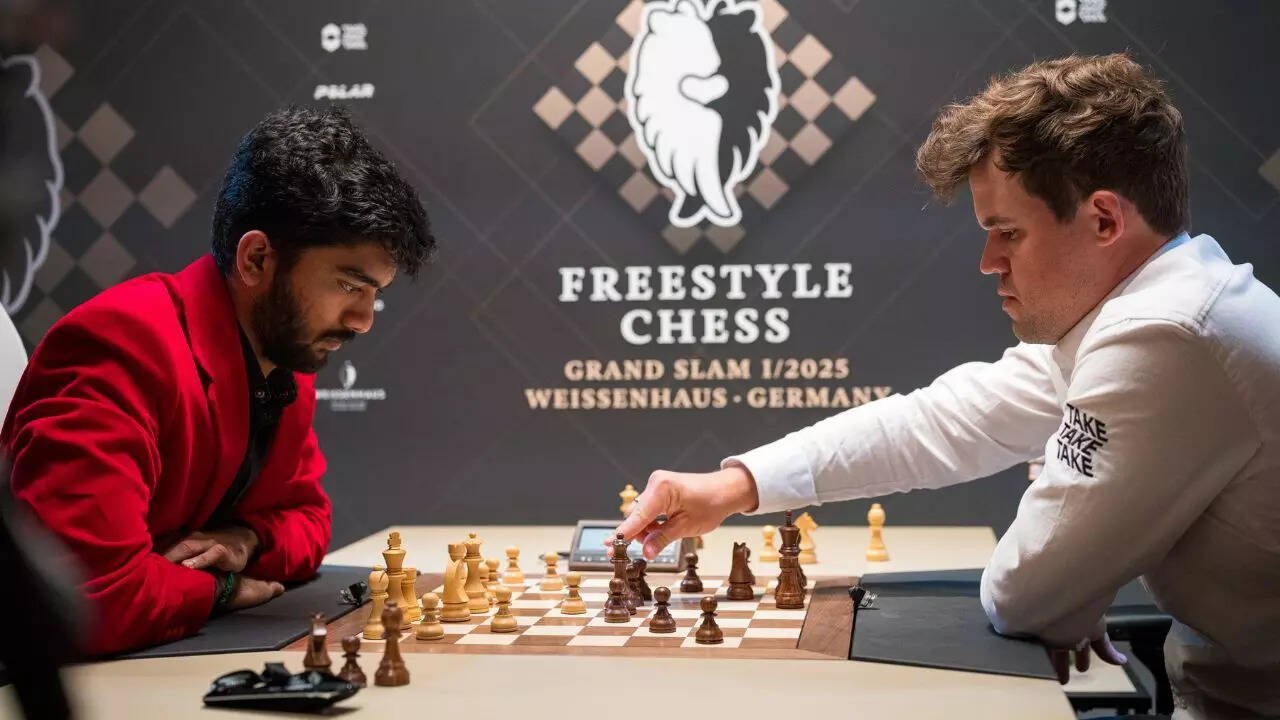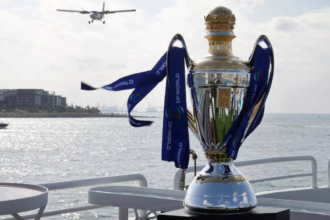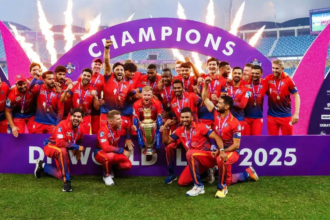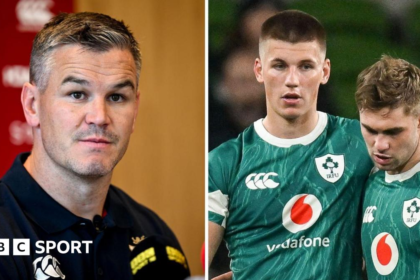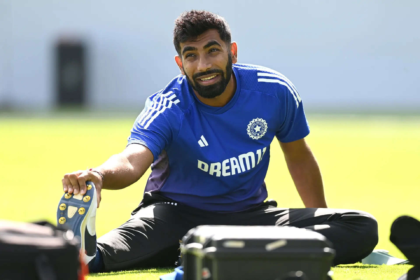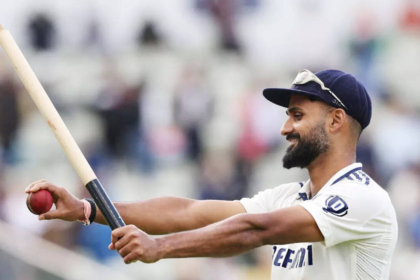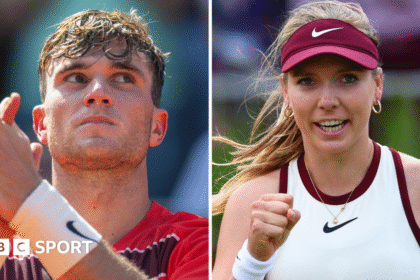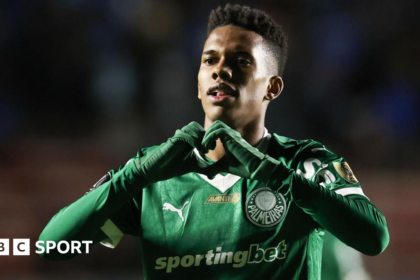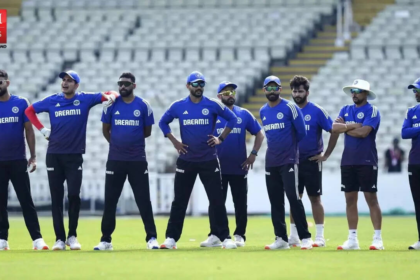NEW DELHI: “It’s like writing an article: if you have more time, then you do better work,” Grandmaster Srinath Narayanan explains the basic difference between classical chess and the faster formats like rapid and blitz.On Sunday, the faster format saw the redemption of whom many consider “the greatest of all time,” Magnus Carlsen.After watching reigning World Champion Gukesh Dommaraju lead the way in the rapid event at the Super United Rapid and Blitz in Croatia, Carlsen pulled out his “B-game”—his words—to prove that it was “usually enough” to claim yet another title.After the win, he made a cheeky post with the caption “haters” on social media, only to delete it shortly after. A message received, nonetheless.Earlier that day, all eyes were on the marquee clash: Carlsen vs. Gukesh, a battle of titans that ended unexpectedly in a 14-move Berlin draw lasting just more than a minute.There were no theatrics, no psychological jabs, just a quiet handshake. Gukesh appeared unruffled. Carlsen looked visibly irked, stealing a glance at the display board and shrugging a couple of times as he made his way out.Yet, in that muted draw lay another chapter of a rivalry that has come to define this transition era in world chess.Carlsen has never minced his words. In recent times, Gukesh has found himself in the Norwegian’s crosshairs—perhaps unintentionally, but tellingly.From downplaying his credentials as World Champion to doubting Gukesh’s acumen in faster formats, Carlsen has raised subtle but sharp questions.The thing is, Gukesh has always answered them—not with words, but with moves.Although Carlsen eventually clinched the Norway Chess title earlier this year, it was Gukesh who rattled the home favourite on his own turf, enough to make the Scandinavian bang the table in frustration—a moment that quickly grabbed social media’s attention.Ahead of the Zagreb tournament, Carlsen struck again, saying: “Gukesh hasn’t done anything to indicate that he’s going to do well in such a tournament.”Many, including the 34-year-old, expected Gukesh’s perceived shortcomings in quicker formats to be exposed again.Instead, the 19-year-old beat Carlsen, led the rapid section, and finished third overall in Croatia.“Sometimes when players compare levels, they remember their own best games and someone else’s bad ones,” GM Pravin Thipsay, who coached a franchise featuring Carlsen in the Global Chess League, told TimesofIndia.com. “That creates a gap in perception. A player’s level is their worst and best together.“He may still be the world No. 1, but that doesn’t give him the right to undermine others. Even Garry Kasparov didn’t win everything. And when Kasparov made such comments, he at least had the grace to acknowledge when he was wrong.”Thipsay also pointed to Carlsen’s waning motivation in classical formats: “When the genuine feeling develops that you’re much better than someone else, and then it becomes surprising when you’re not able to beat them. That’s where the lack of motivation creeps in.” Frankly speaking, Magnus has a different kind of problem too: his inability to concentrate for two, three, or four hours is real. It’s a serious issue,” suggesting that outbursts like banging the table stem from a deeper frustration: an unwillingness to fully accept that younger players like Gukesh are quickly catching up.“Gukesh is very composed,” said 65-year-old Thipsay. “Even when Carlsen banged the table, he didn’t react. That shows maturity. The younger generation is mentally tougher. They’re trained to stay in control.”GM Srinath Narayanan, captain and coach of the Indian men’s team that won the gold medal at the 45th Chess Olympiad in Budapest, believes the rivalry, while compelling, is being shaped more by narratives than direct hostility.“Carlsen tends to be blunt, and because he’s Carlsen, everything he says is magnified,” he said. “But I don’t think he’s targeting Gukesh personally. It’s a rivalry like many others, made sharper because one is the World Champion, and the other is still the highest-rated player.”In Srinath’s words, the current scenario reminds him of the early 2000s, when a young Carlsen was the challenger, taking on legends like Viswanathan Anand and Vladimir Kramnik. “There was skepticism back then too. Now, Carlsen finds himself on the other side of that equation,” Srinath observed.“In the chess world, Magnus is the benchmark for everyone. There’s still a global belief that he’s the best player out there. Maybe not forever, but certainly for now. I remember at the 2019 World Rapid and Blitz, he didn’t do too well in the rapid, especially on day two. I played him that day and managed to beat him. But on day three, he started playing faster. He performed much better in the blitz that followed. That’s Magnus,” he added.“Carlsen’s respect for Gukesh is probably only going to grow. Of course, it depends on how Gukesh develops. But in these situations, the younger player usually keeps rising while the older one gradually declines. At some point, Gukesh might well surpass Carlsen, though that still depends on many factors.”Carlsen may still be the GOAT, but Gukesh is getting ever closer to it. And the best part? He’s doing it without any gimmick.
Chess | ‘Carlsen’s respect for Gukesh is only going to grow’ – What does it even mean?
